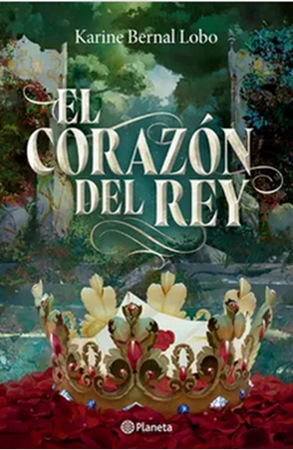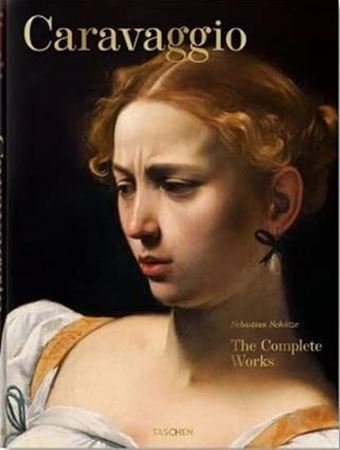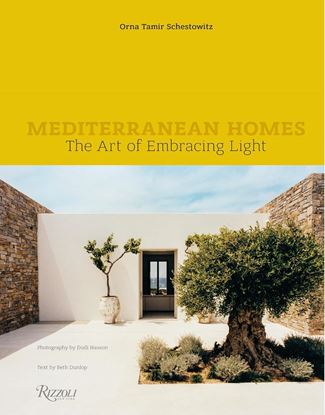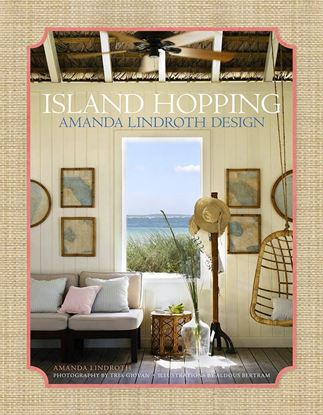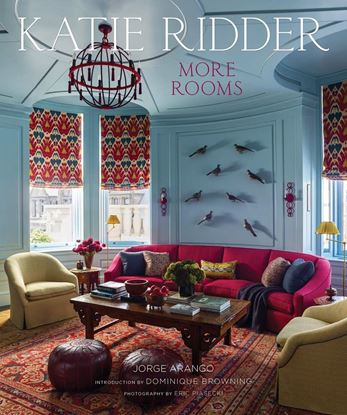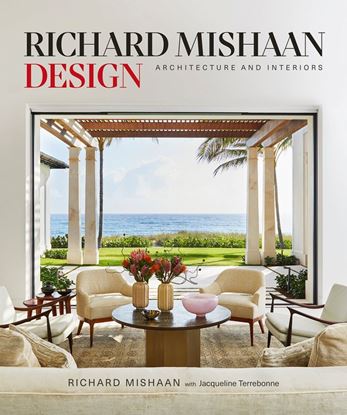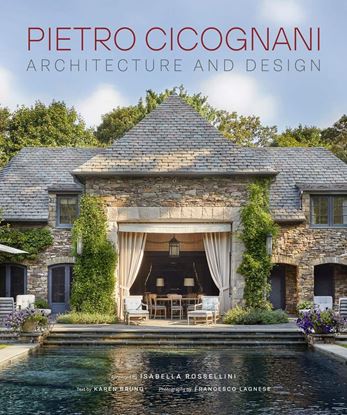

NOVEDADES
MEDITERRANEAN HOMES
Schestowitz is a strong believer that a home should create a sense of belonging and togetherness. Growing up, she developed an appreciation for harmonizing diverse styles, placing a modern stainless steel island by an old dining area, an African dresser next to an Eames chair. Schestowitz is not a follower of design guidelines; she believes in an intuitive harmony of space, color, and light. The spaces she creates are infused with travel collectibles, art acquisitions, family pieces, and historical patterns. The rich palettes and bold patterns create spaces that feel naturally inviting and intimate, a result of her long-standing exploration of Mediterranean style.
4,700
3,760
ISLAND HOPPING AMANDA LINDROTH DESIGN
White canvas, boldly colored fabrics in solids, stripes, and jaunty prints, rattan and cane seating, whitewashed or colorfully painted English case furniture, canopied beds, straw matting—these are some of the signature ingredients of an Amanda Lindroth interior.
Since she founded her Nassau-based firm in 2010, she has become the go-to designer of island dwellers from Lyford Cay to Antigua, Abaco to Belize, Harbour Island to Palm Beach, and as far north as Great Cranberry Island, Maine. Her airy, relaxed, indoor-outdoor aesthetic is apparent in every one of the twenty-five projects featured here.
With photographs by Tria Giovan, herself an island native, and charming illustrations by Aldous Bertram, who decorated Lindroth’s pied-à-terre in Palm Beach with stunning trompe l’oeil renderings, Island Hopping: Amanda Lindroth Design is the visual equivalent of an island getaway.
4,800
3,840
KATIE RIDDER MORE ROOMS
Bold combinations of primary and secondary colors; exquisitely crafted trims, embroidery, lampshades, and countless accessories (all designed by Ridder); imaginative room surfaces from silver leaf to custom stenciling. These are but a few of the signature elements of a Katie Ridder interior. Katie Ridder: More Rooms explores Ridder’s unique aesthetic room by room to underscore the astounding breadth and depth of her decorating ingenuity. The illuminating text details Ridder’s singularly creative approach to the essential elements of each room, including furniture plan, color, lighting, finishes, pattern, layering, and scale. Illustrated with specially commissioned photographs by Eric Piasecki and featuring an introduction by longtime editor in chief of House & Garden Dominique Browning, Katie Ridder: More Rooms provides endless inspiration for design aficionados.
4,800
3,840
RICHARD MISHAAN DESIGN ARCHITECTURE
Richard Mishaan is renowned for his masterly integration of textiles, palettes rich in complementary shades, natural materials forged by artisans, surfaces bedecked with talismanic curios, a strategic sense of when and where to place a mirror, and a deep knowledge of both the fine and decorative arts. His many influences, including his upbringing in Colombia, coupled with his idiosyncratic perspective, explain why his sophisticated clientele return repeatedly as their lives evolve.
In Richard Mishaan Design, his working methods are revealed in projects as varied as the conversion of a 400-year-old barn in the Hamptons into a warm, inviting family home and the transformation of an ultra-modern, glass-walled New York City apartment into a comfortable yet sophisticated aerie. Here too are show houses, which he uses as experimental laboratories, working out such diverse design ideas as updating legendary designer Renzo Mongiardino’s aesthetic and achieving a chic look on a tight budget. He has also designed rooms in bespoke hotels, ranging from the Rat Pack–influenced Shelborne South Beach in Miami to the Tcherassi, a renovated 250-year-old mansion in Cartagena, Colombia.
4,800
3,840
PIETRO CICOGNANI ARCHITECTURE AND DESIGN
For 30 years, Italian-born Pietro Cicognani has been designing highly customized and exquisitely crafted country houses, city apartments, outbuildings, pool houses, and even garden plans for an A-list clientele. In the first monograph of his work, some 20 of his notable projects are featured, including a converted barn complex on Long Island, a sprawling estate in upstate New York, a chic minimalist town house in Manhattan, and a romantic seaside house and elaborate garden in the Hamptons. Whether new construction or gut renovation, each project is designed in collaboration with the finest artisans, craftspeople, and exceptional interior designers. Illustrated with photographs by Francesco Lagnese, as well as site and floor plans and drawings, the book includes a foreword by Isabella Rossellini, whose country home Cicognani designed.
4,800
3,840
THE CHRONICLES OF NARNIA 7-BOOK BOX SET
C. S. Lewis's The Chronicles of Narnia has captivated readers of all ages for over sixty years, enchanting them with fantastical talking creatures, epic battles between good and evil, and magical doorways into new lands.
This box set includes mass market editions of all seven titles in The Chronicles of Narnia, in chronological order: The Magician's Nephew; The Lion, the Witch and the Wardrobe; The Horse and His Boy; Prince Caspian; The Voyage of the Dawn Treader; The Silver Chair; and The Last Battle—with the original black-and-white interior illustrations by Pauline Baynes and cover art by Cliff Nielsen.
4,900
3,920








